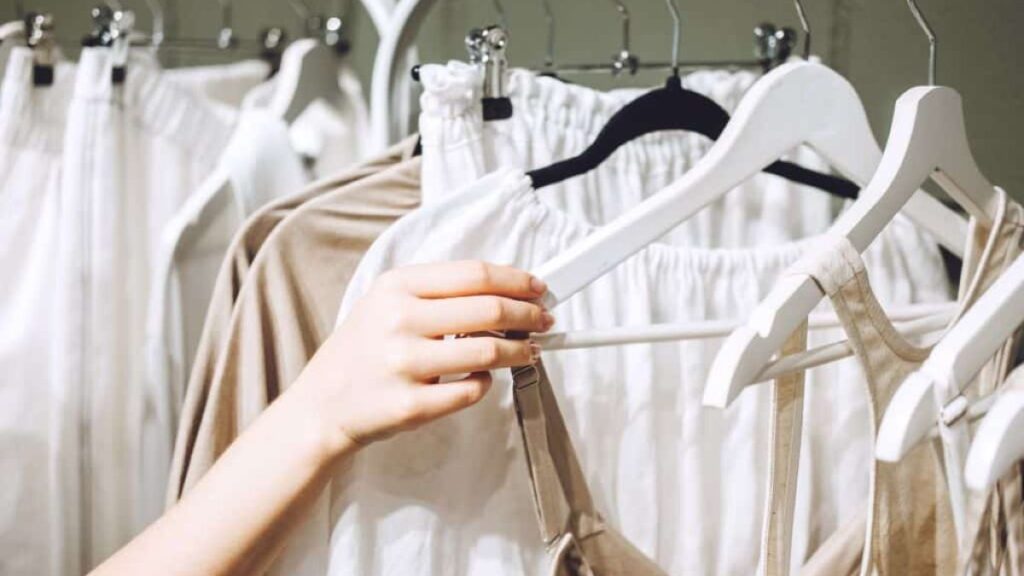Introduction
Fashion is more than just fabric and trends—it’s a powerful industry that impacts the planet in ways we often overlook. With growing awareness about climate change, pollution, and unethical labor practices, sustainable fashion is no longer a niche—it’s becoming the norm. But what does sustainability in fashion actually mean? And which brands are truly walking the talk?
This article highlights a list of sustainable fashion brands that are setting new standards in style, ethics, and environmental responsibility.
What Is Sustainable Fashion?
Sustainable fashion refers to clothing, accessories, and footwear that are produced, marketed, and used in ways that are environmentally friendly and socially responsible. This includes:
• Eco-friendly materials (like organic cotton, hemp, recycled fabrics)
• Fair labor practices
• Low-impact production processes
• Transparent supply chains
• Circular economy approaches (repair, resale, recycling)
Brands You Should Know
1. Patagonia (USA)
One of the pioneers of ethical fashion, Patagonia is committed to environmental activism and transparency. From using recycled polyester to repairing old gear for free, their entire business model promotes conscious consumption.
Standout feature: Worn Wear program that encourages product longevity.
2. Stella McCartney (UK)
A luxury fashion house that proves sustainability can be stylish. Stella McCartney has been cruelty-free since day one—no leather, no fur—and focuses on innovative materials like vegan leather and mushroom-based textiles.
Standout feature: Use of lab-grown alternatives and circular design principles.
3. People Tree (UK/Japan)
Known for fair trade fashion, People Tree works with artisans in developing countries to produce handcrafted clothing using traditional techniques and organic materials.
Standout feature: GOTS-certified organic cotton and Fair Trade practices.
4. Reformation (USA)
A favorite among millennials and Gen Z, Reformation offers trendy, feminine clothing with a sustainable twist. They calculate the environmental footprint of every product and display it on their website.
Standout feature: Transparent sustainability reports and carbon offsetting.
5. Veja (France)
If you’re looking for sustainable sneakers, Veja is leading the pack. Their shoes are made with organic cotton, wild rubber from the Amazon, and recycled plastic bottles.
Standout feature: Ethically made in Brazil with transparent pricing.
6. Eileen Fisher (USA)
This minimalist brand is known for timeless silhouettes, quality fabrics, and a circular business model. Eileen Fisher takes back worn garments and resells or recycles them.
Standout feature: Renew program and lifetime garment recycling.
7. Nisolo (USA/Peru)
Focused on ethical leather goods and fair wages, Nisolo partners with artisans in Peru and Mexico. Their shoes and accessories are beautifully crafted and ethically sourced.
Standout feature: Living wage pledge and offsetting carbon emissions of every order.
8. Pangaia (Global)
A science-led materials brand using bio-based, recycled, and plant-based materials. Pangaia collaborates with scientists to invent new textiles like seaweed fiber and flower down.
Standout feature: Material innovation and detailed environmental labeling.
How to Spot a Truly Sustainable Brand
Before supporting a “sustainable” brand, check for:
• Certifications: GOTS, Fair Trade, B Corp, etc.
• Transparency: Does the brand openly share sourcing and labor information?
• Material use: Avoid green washing; look for specifics, not vague claims.
• Circular efforts: Repair, resale, recycling programs.
• Carbon commitments: Offsetting or reducing emissions?
Final Thoughts
Sustainable fashion isn’t just a trend—it’s a responsibility. As consumers, where we spend our money shapes the future of the planet. Supporting ethical brands doesn’t mean giving up on style—it means choosing style with substance. The brands listed here show that fashion can be both beautiful and beneficial.
As you build your wardrobe, consider not just how a garment looks, but how it was made, who made it, and the story it tells.

